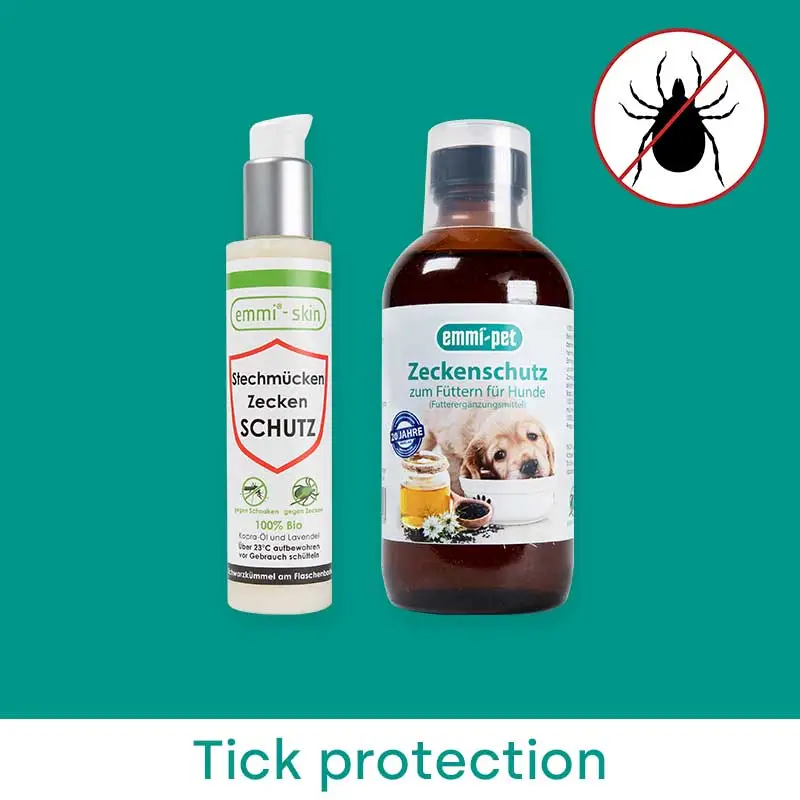
In emergencies, quick and correct action is often crucial for your cat's survival. Whether it's an accident, acute illness or poisoning - the ability to react appropriately can be life-saving. In this article, we explain the basics of emergency care for cats and give you practical tips on the best way to proceed in various emergency situations.
First steps in emergency care
Before you act, it is important to assess the situation quickly and calmly. Safety for you and your cat is the top priority. Here are some basic steps you should follow in an emergency:
- Keep calm: Keep calm so as not to stress your cat further.
- Ensure safety: Make sure that there is no further danger to your cat or yourself.
- Assessment of the situation: Check the condition of your cat. Look for obvious injuries, breathing difficulties or signs of pain.
- Make an emergency call: Contact your vet or the emergency veterinary service as soon as you have assessed your cat's condition.
Common emergency situations and how to react to them
- Poisoning: If you suspect that your cat has eaten something poisonous, try to identify what it was and contact the vet immediately. Do not try to make your cat vomit unless the vet recommends it.
- Injuries: For cuts or other injuries, if possible, apply a clean, gently pressed bandage to control bleeding and go to the vet immediately.
- Heat stroke: If there are signs of heatstroke - panting, restlessness, excessive salivation - move your cat to a cooler environment and apply cool, damp cloths to the head, neck and chest. Then see a vet immediately.
Preparation for emergencies
The best strategy is to be prepared. Here are some tips on how to prepare:
- Emergency kit: Have a special emergency kit ready for your cat, containing bandages, sterile wipes, tweezers, small scissors and important vet phone numbers.
- Knowledge about CPR: Learn the basics of cardiopulmonary resuscitation (CPR) for cats. Many vets and organisations offer courses.
- Have emergency information to hand: Make sure that the telephone numbers of vets, veterinary clinics and poison centres are easily accessible.
Emergency care for cats may seem overwhelming at first, but with solid preparation and the right knowledge, you can act decisively and competently in critical moments. By being fully informed and prepared, you will be able to protect your cat's life in an emergency situation and ensure that they get the medical help they need quickly. Learning basic first aid, having a specially equipped emergency kit and knowing when and how to act quickly are crucial. These measures can make the difference between your cat surviving an emergency situation without long-term damage.

















